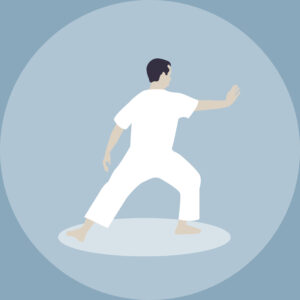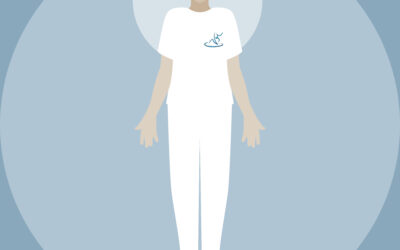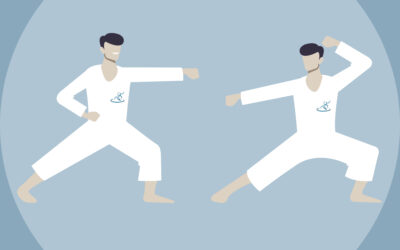Introduction
In the beginning the aim for the student may be to attain physical proficiency in the techniques, states, and postures of the art of Washindo, enabling one to defend oneself against one or more armed or unarmed opponents.
The principle consists of a combination of three elements. Technique: the various means we have to defend or attack. Posture: The way we use our body to carry and deliver those techniques. State: The condition of our body and mind as we used the techniques.
Whereas the master……..

“The master first teaches technique without wasting too many words on its significance. Not because he is wicked does he withhold the explanation but because he wants the student to attain mastery through practice and involvement of the heart”.
(Chozan Shissai)
“Fiddling with this and that technique is to no avail…
Ultimately you must forget about technique, the further you progress, the fewer teachings there are”.
(Morihei Ueshiba)
It is possible to learn the techniques and the postures of any martial art without the correct state, or state and technique without the posture and so on.
However, progress in Washindo will be very difficult, especially if the student has not appreciated these three components at an early stage.
To fully integrate these three components alongside the ways listed below is the journey which when mastered can then be let go of. The decision of when to let go is the teachers.
State refers to the condition of the mind and body during practice. The desired state includes both relaxation and movement.
Relaxation creates the body texture and state allows the energy and the mind to flow freely in the body. This state is a prerequisite for connecting the four levels from which we gather and multiply our energy.
Movement does not mean agitation or continuous action, rather like water it goes from stillness to movement without a conscious command.
Repetition is the practice of technique, state and posture allowing the student to gain confidence, spontaneity of action and relaxation leading to physical mastery.
Mastery of Washindo will not be achieved by hearing about is or even reading about it here it must be practiced / worked on for it to emerge from the student.
Techniques, state, and posture will not in themselves be enough.
In order to act spontaneously in a difficult situation, we need to align the heart, the mind, the core, the hands and the feet. Only then will success or failure shift from the opponent to oneself.
The naïve approach of constantly adjusting and refining technique leads to a downward spiral inventing new techniques or plausible rationalisations. This is how martial arts have been distorted to fit the personality OF THE TEACHER. In turn the gaps in skill and understanding are incorporated into a philosophy and sold as a new ‘style’!
The teacher and the student must be rigorous in testing assumptions or changes before incorporating them into the practice of Washindo. They must become vigilant to learn to tell the difference between Truth in Action and truth inaction.
Technique is important – it acts not only to transfer our energy to the opponent, but it is also the vehicle in which we travel inward to reach the core of the art and discover its deeper held secrets.




